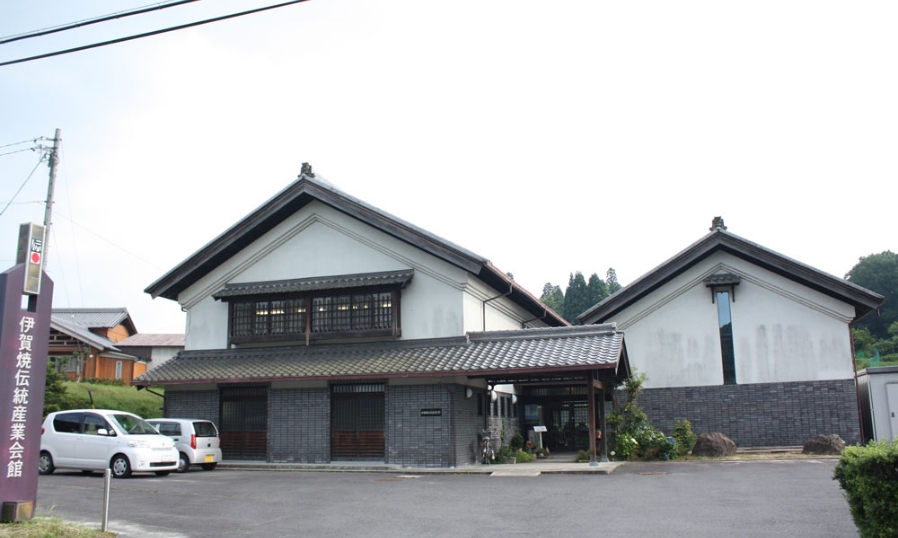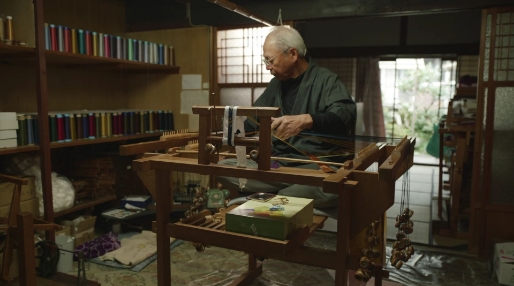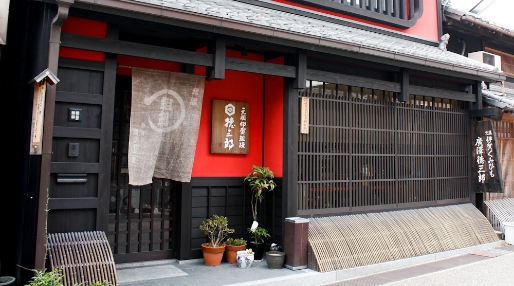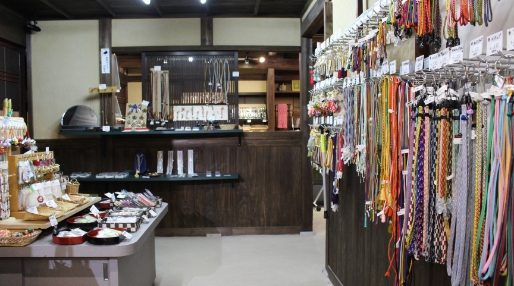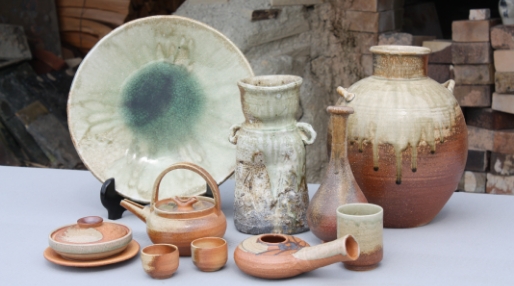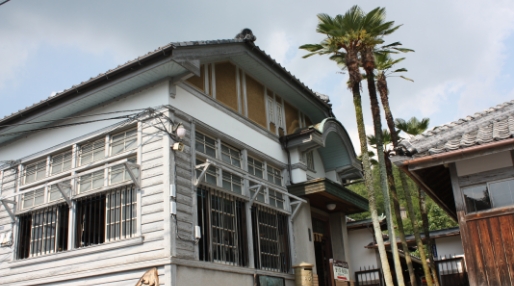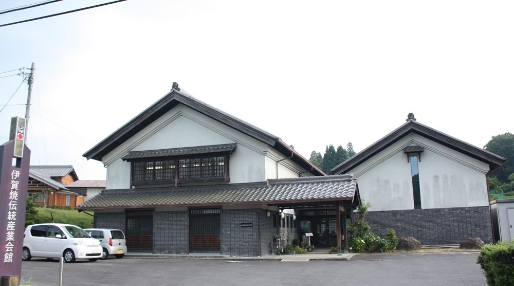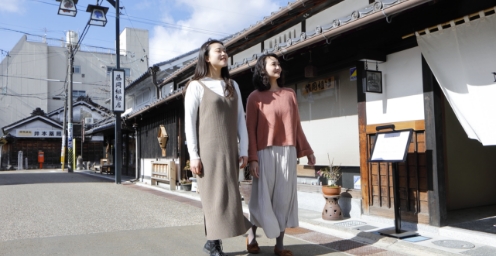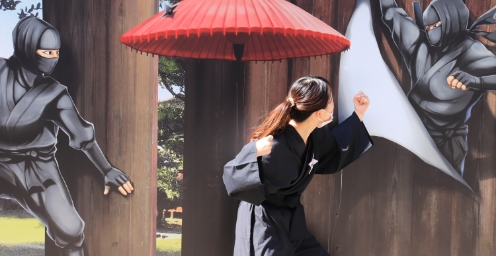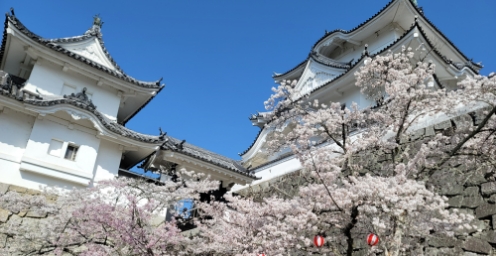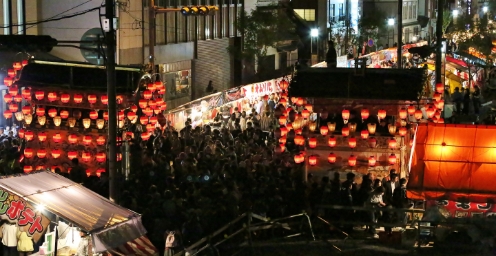- (英語)HOME
- Learn more about IGA
- The Craftmanship of Iga

The Craftsmanship of Iga
Iga is home to two nationally designated traditional crafts. Witness the sensibility found in Iga firsthand through techniques passed down among generations of artisans.
Iga Kumihimo
In 1902, Tokusaburo Hirosawa learned the braided cord techniques and skills that had remained in Edo and brought them back to Iga to develop what we now know as Iga Kumihimo. It was designated a traditional craft by the Minister of Economy, Trade, and Industry in 1976.
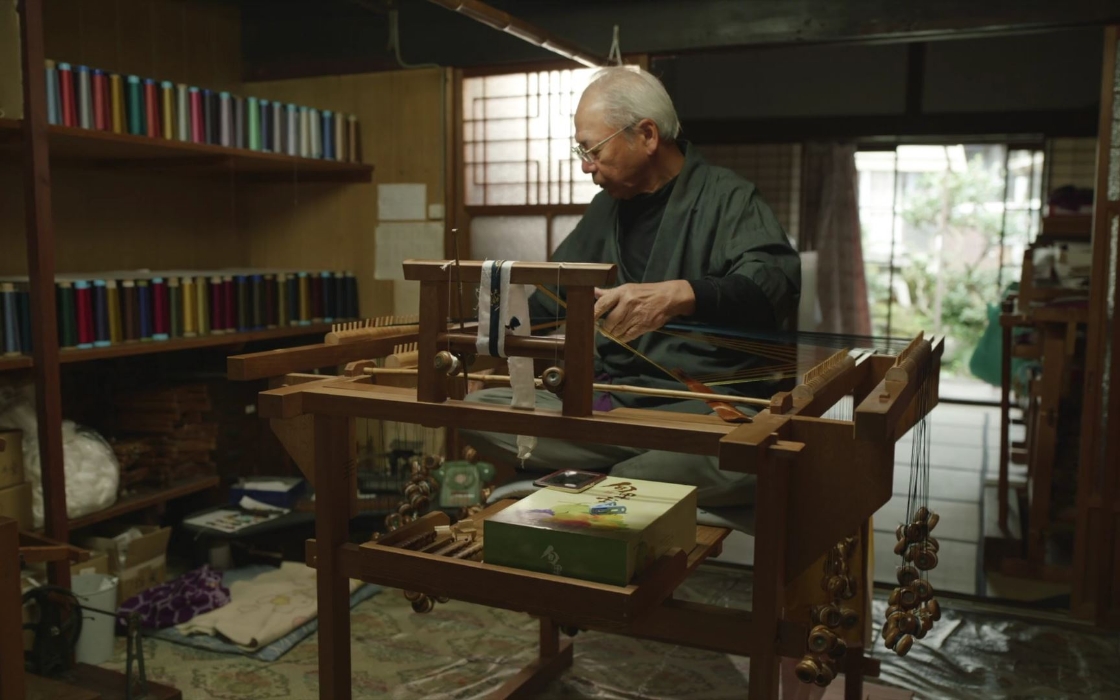
Originally used as a military implement during the Edo Period (1603-1867), kumihimo was also made in the Iga region during the reign of Lord Todo Takatora. Bansenshukai, a text from the period, states that kumihimo were used as weapons by Iga-ryu ninjas. In the Meiji Era (1868-1912), when the use of swords was abolished, this technique shifted from use as a military implement to use in decorative cords used to hold kimono sashes in place.
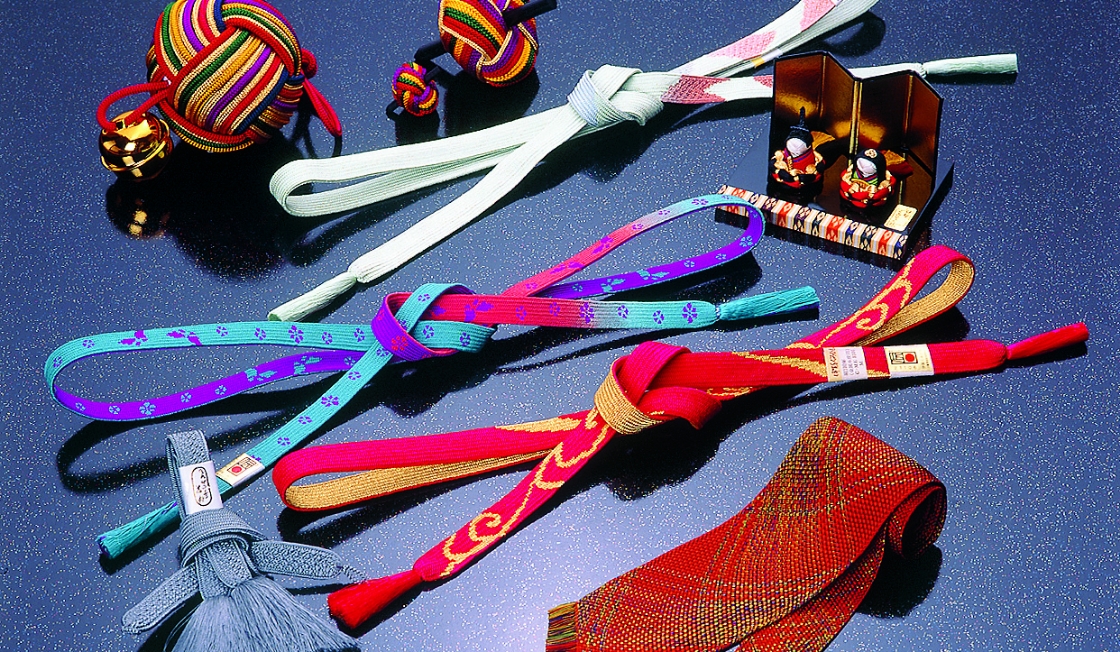
Kumihimo Workshop Tokusaburo Hirosawa
The elegant art of weaving, created with the spirit and skill of tradition refined over the ages. Here you can enjoy Tokusaburo kumihimo cords, which boast an air of prestige and tradition. Also witness demonstrations of kumihimo used to secure a kimono sash, one of the most well-known uses of the traditional craft Iga Kumihimo. In addition to having a wide variety of kumihimo creations on display and for sale, a hands-on kumihimo creation workshop is also available (reservation required).
| Adress | 3635-1 Uenonishiotecho,Iga City,Mie |
|---|---|
| Contact | TEL:(+81)595-21-1127 HP:http://www.ict.ne.jp/~toku-3/ |
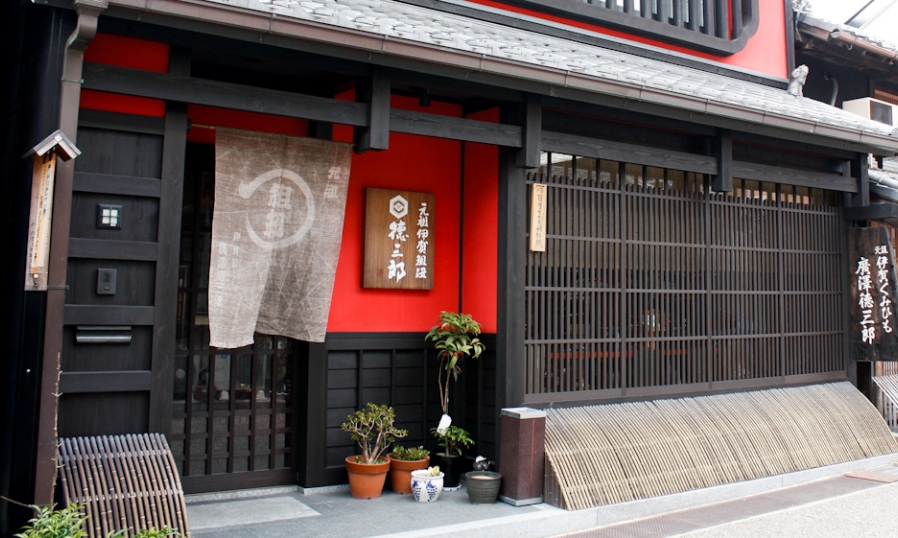
Iga Tradition Museum Iga Kumihimo Kumi no Sato
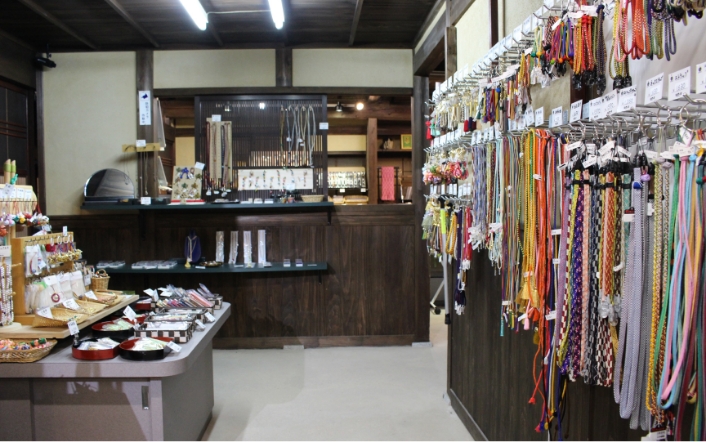
Iga Tradition Museum and Iga Kumihimo Kumi no Sato lets you learn about Iga Kumihimo, a traditional industry of Iga, and try it yourself.
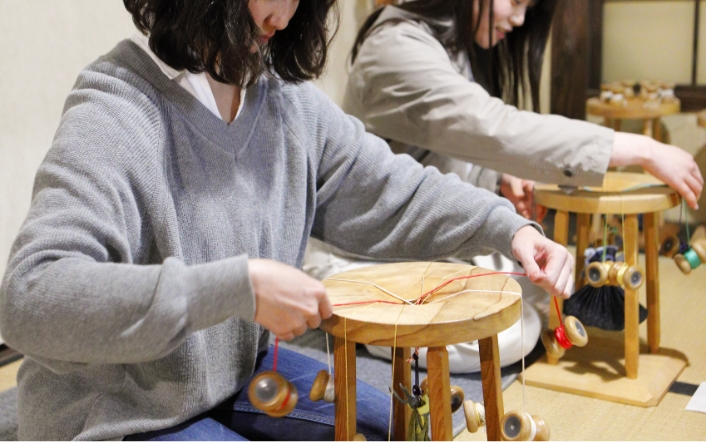
Under the careful guidance of an instructor, visitors make their own kumihimo on a circular braiding stand called Marudai while sitting on tatami mats in a Japanese-style room. Small groups are always welcome, and a larger venue for large groups is also available.
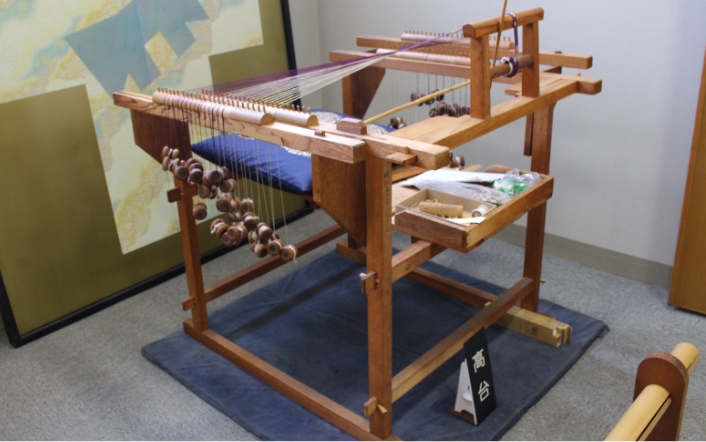
The second floor houses exhibits on the process of creating kumihimo along with the works of traditional artisans. Not only is there a workshop space but a wide variety of Iga Kumihimo products available for purchase, so you can also come just for shopping.
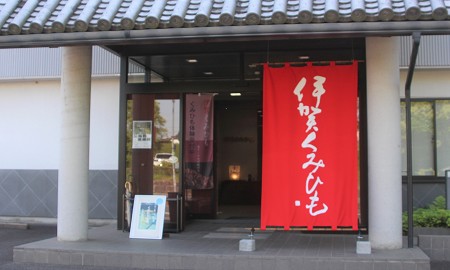
Iga Ware
Iga Ware pottery, with a history stretching all the way back to the Nara Period (710-794), is characterized by its wild, natural beauty and skillful incorporation of the sensibilities and thoughtfulness of the tea ceremony, as past rulers of Iga Province Tsutsui Sadatsugu and Todo Takatora were tea ceremony practitioners. On November 1, 1982, Iga Ware was designated a National Traditional Craft.
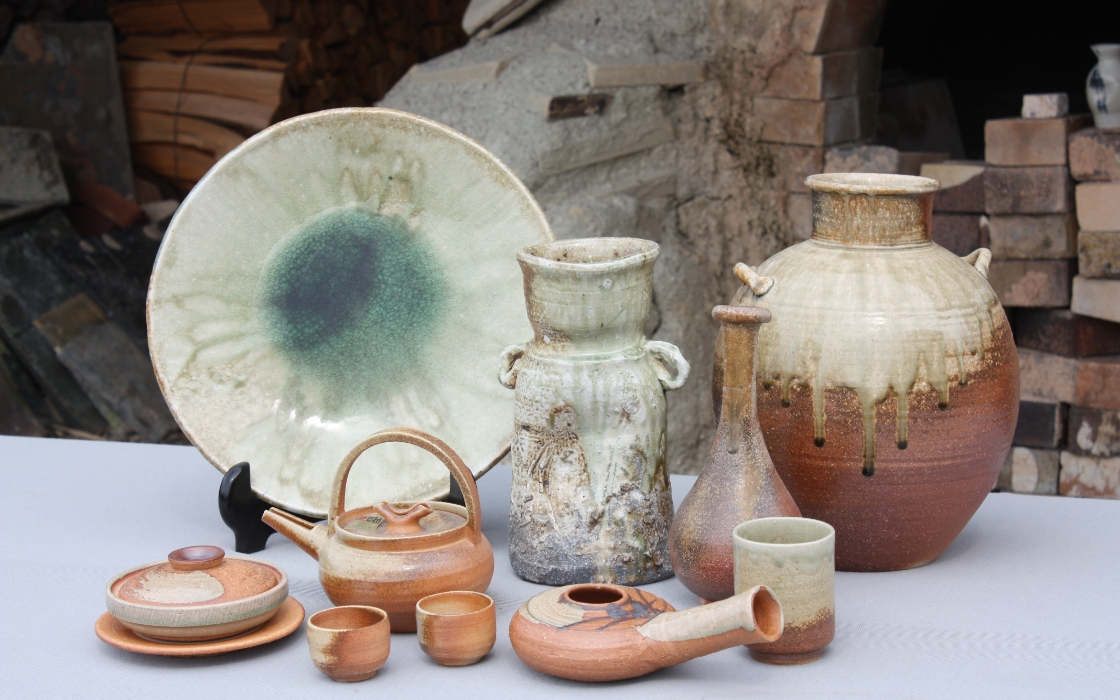
Iga Ware is said to have originated about 1,200 years ago (during the Tenpyo Era, 729-749) when farmers fired seeding pots for agriculture and various daily utensils. There are records of Iga Ware being presented to Kotai Jingu Shrine in Ise during the Nara Period as well. It is also thought that Tarodayu and Jirodayu (potters during the Warring States period), who worked during the late Muromachi Period (1333-1568), revived Iga Ware in Marubashira during the Kyoroku Period (1528-1532) and are considered to be the founders of Iga Ware. During the Momoyama Period (1568-1600), when the Wabicha style of tea ceremony became popular, Iga Ware was highly valued by tea masters such as Sen no Rikyu and was even given as offerings among feudal lords.
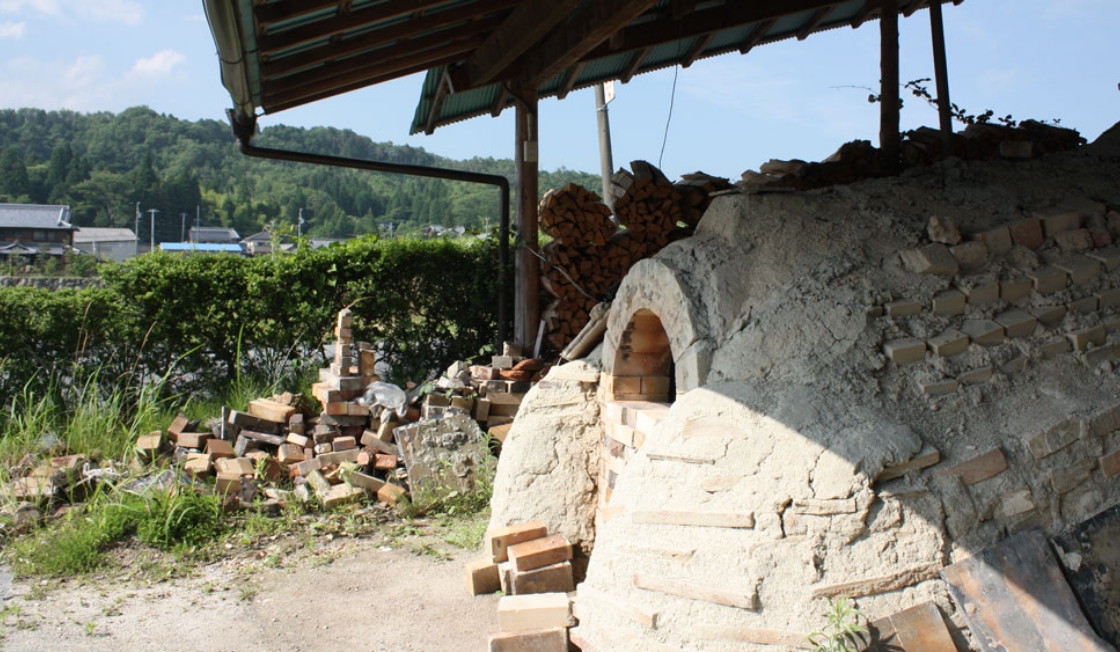
In 1669, during the reign of Todo Takahisa, the third-generation head of the Todo family a law established to prevent over-exploitation of pottery clay from Mount Shiratsuchi was enacted, and potters left the area for Shigaraki, leading to the gradual decline of Iga Ware. Later, in the mid-Edo Period (1603-1867), potters from Kyoto and Seto were invited to Iga to learn glazing techniques, and Iga Ware experienced a revival as pottery for everyday use was produced. This period is known as the Reemergence of Iga. After the Reemergence of Iga, tea-related pottery was rarely produced, as the focus of production shifted to heat-resistant kitchen tableware such as Yukihira-nabe (pots that resemble saucepans) and Tsuchi-nabe (earthenware pots), as well as everyday utensils.
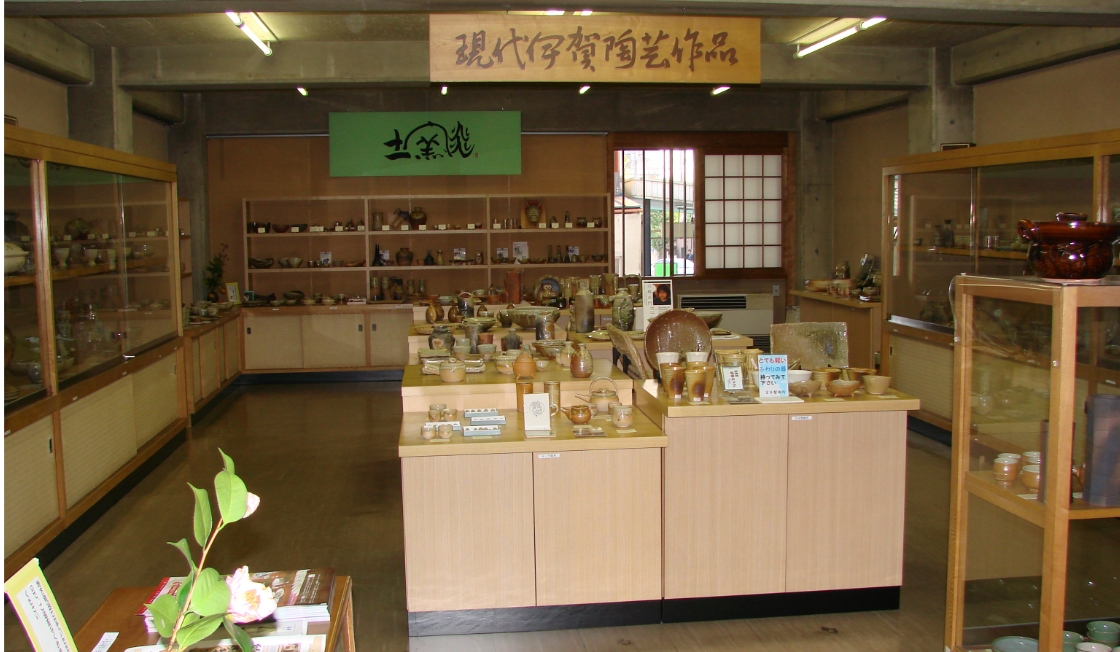
Also known as Shichido (Seven Times) Ware, Iga Ware is fired multiple times at high temperatures, creating a naturally occurring, glass-like blue glaze. Its natural beauty embodies the concepts of ephemerality and imperfection, making Iga Ware unrivaled in the world of tea ceramics. Iga Ware is made from clay from a stratum known as the Old Biwako Layer, formed 3 to 4 million years ago. There are two types of clay that are considered Iga Potters’ Clay: Gaerome clay and Kibushi clay, both of which are known for their high heat tolerance.
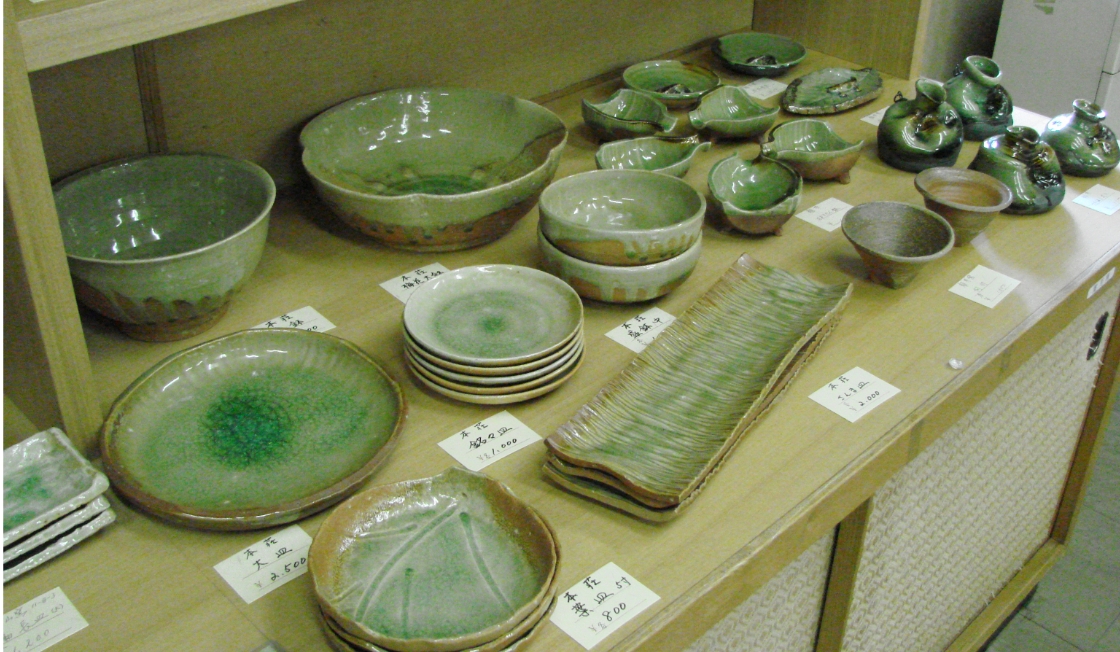
Igayaki no Sato Nagatanien
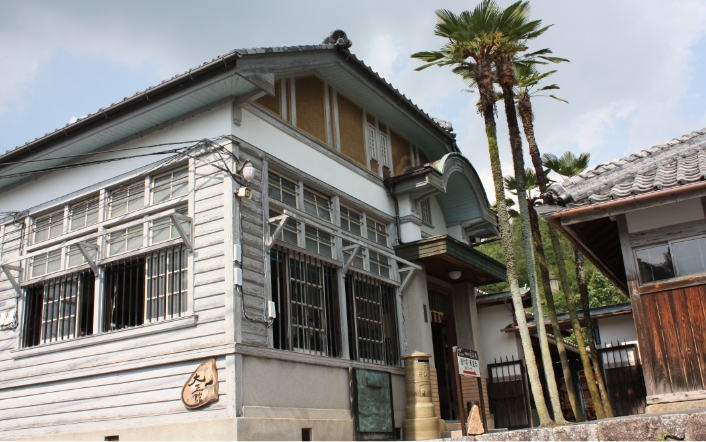
A long-running Iga Ware shop established in 1832 where you can see the 16-chamber climbing kiln, the largest of its kind in Japan today, built when the company was founded, as well as the old office built in the Taisho Era (1912-1926), which has been registered as a National Tangible Cultural Property.
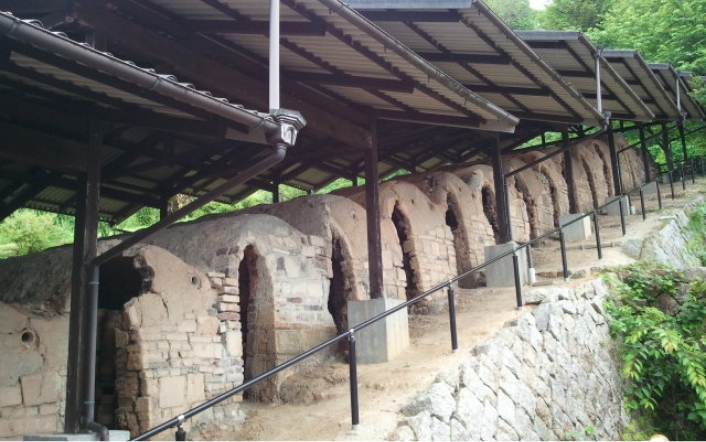
The 16-chamber climbing kiln in operation from the time of its founding around 1970 is said to be the only existing climbing kiln of its size in Japan today.
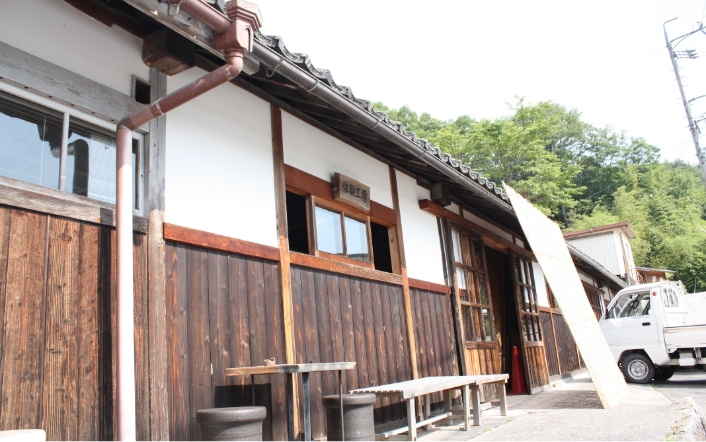
There's also an exhibition room and workshop where you can try making pottery yourself, letting you experience the enchantment of Iga Ware in a variety of ways.
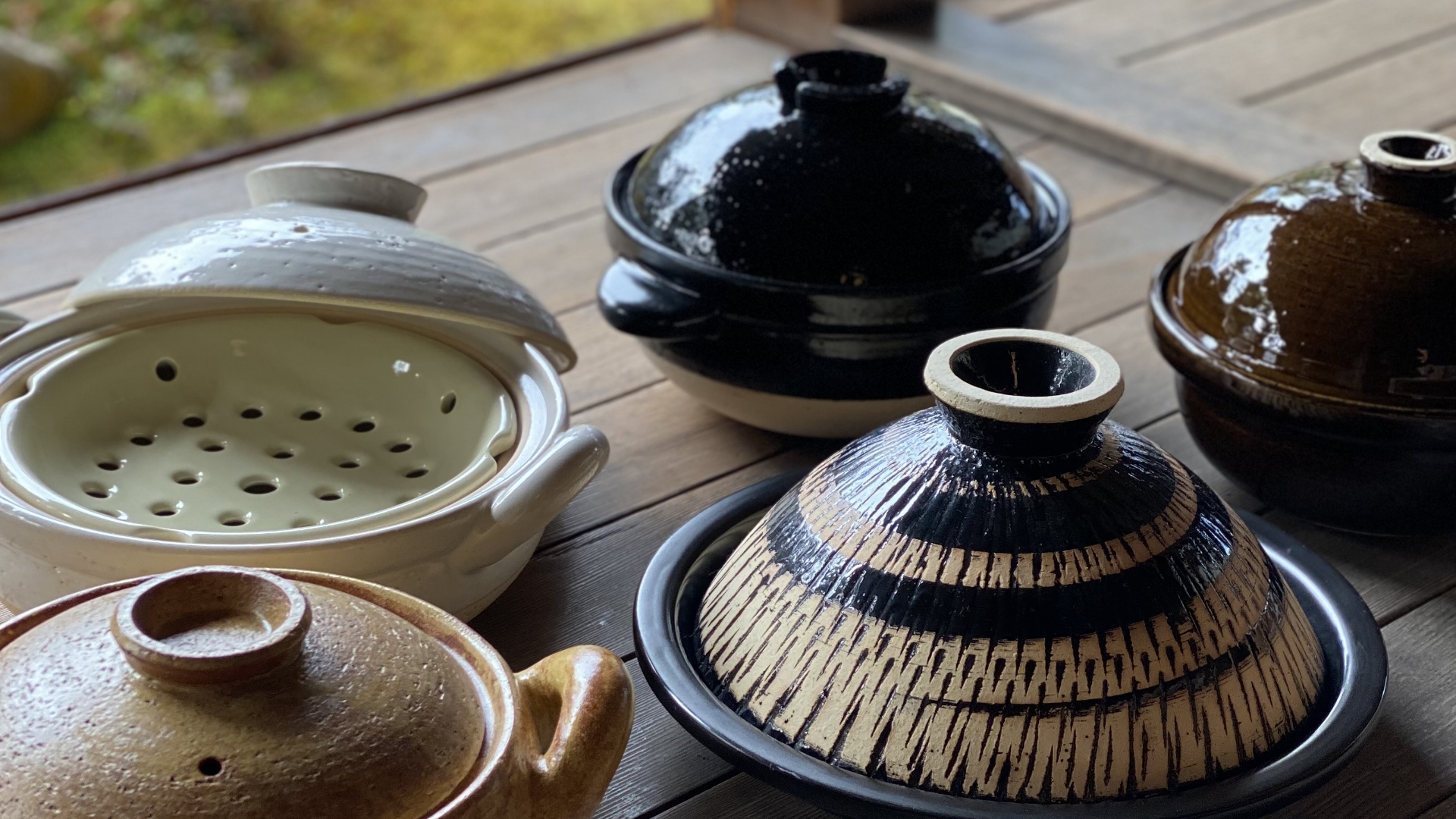
Iga Ware Traditional Industry Hall
At the Iga Ware Traditional Industry Hall located in Marubashira, the home of Iga Ware, you can see Iga and Shigaraki tea ceramics and jars, shards of pottery excavated from ancient kilns, and various other materials related to Iga Ware. Enjoy hands-on pottery activities such as painting Iga Ware, forming pottery by hand, and using an electric potter's wheel.
| Adress | 169-2 Marubashira,Iga City,Mie |
|---|---|
| Contact | TEL:(+81)595-44-1701 HP:http://www.igayaki.or.jp |
